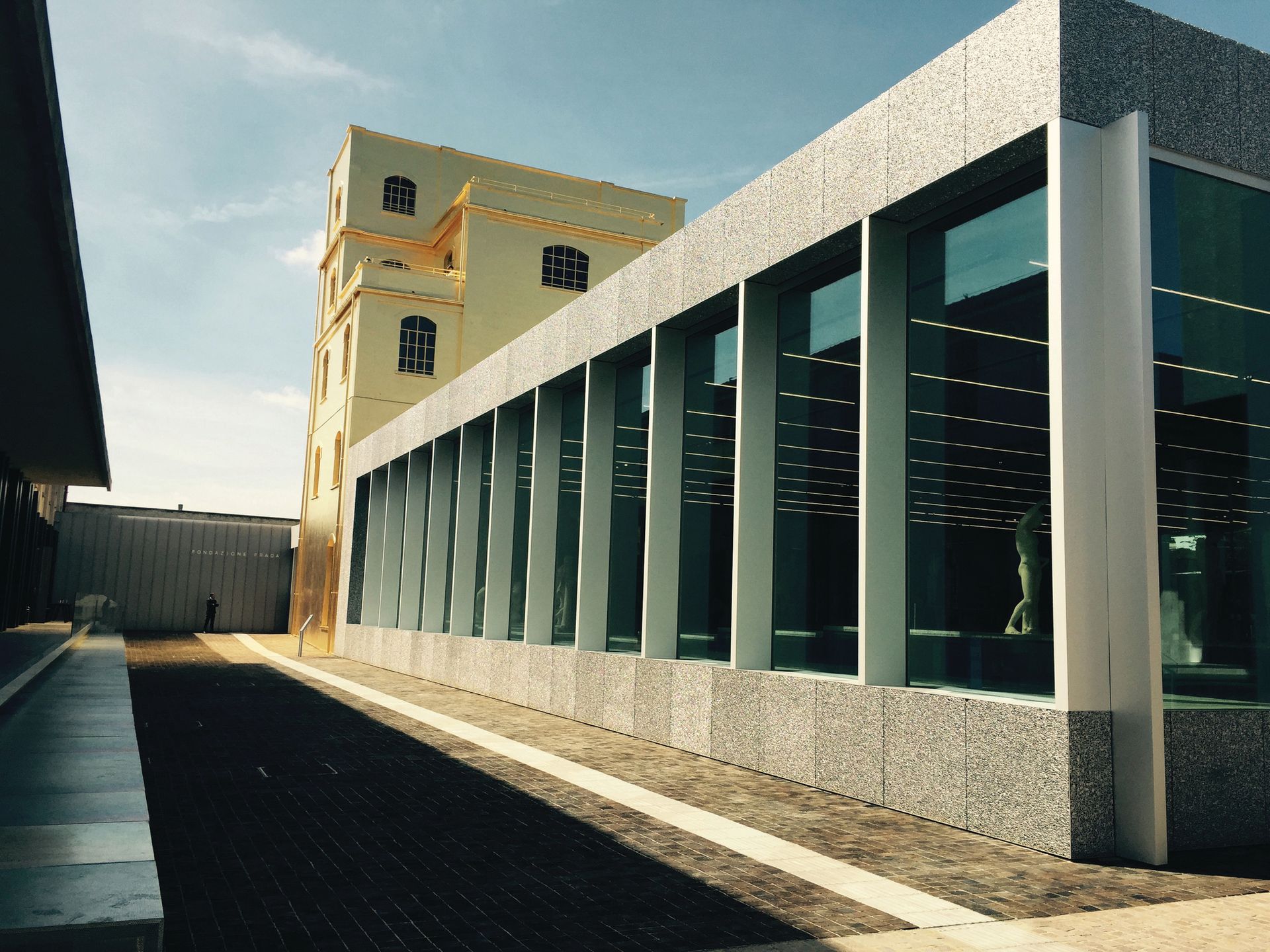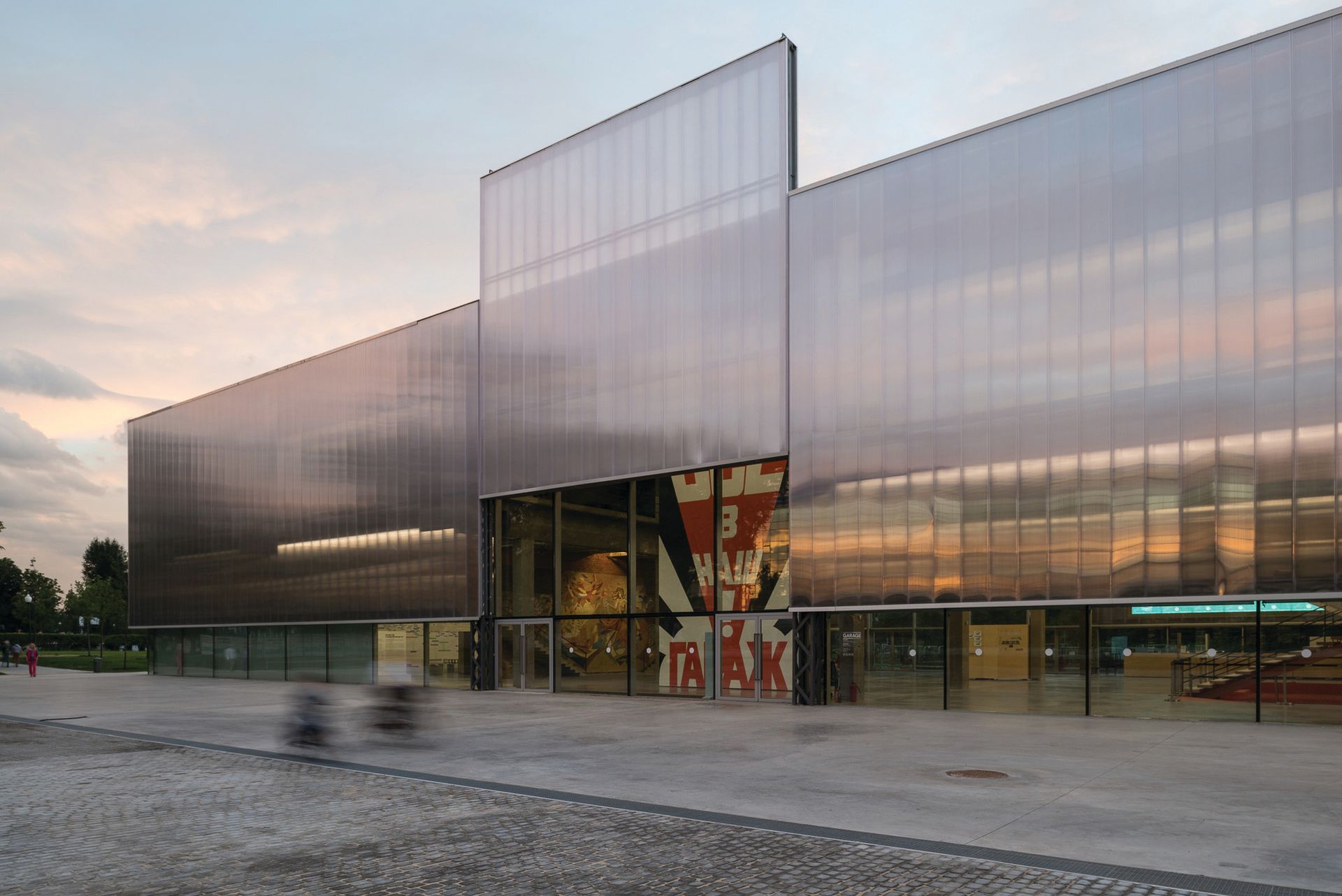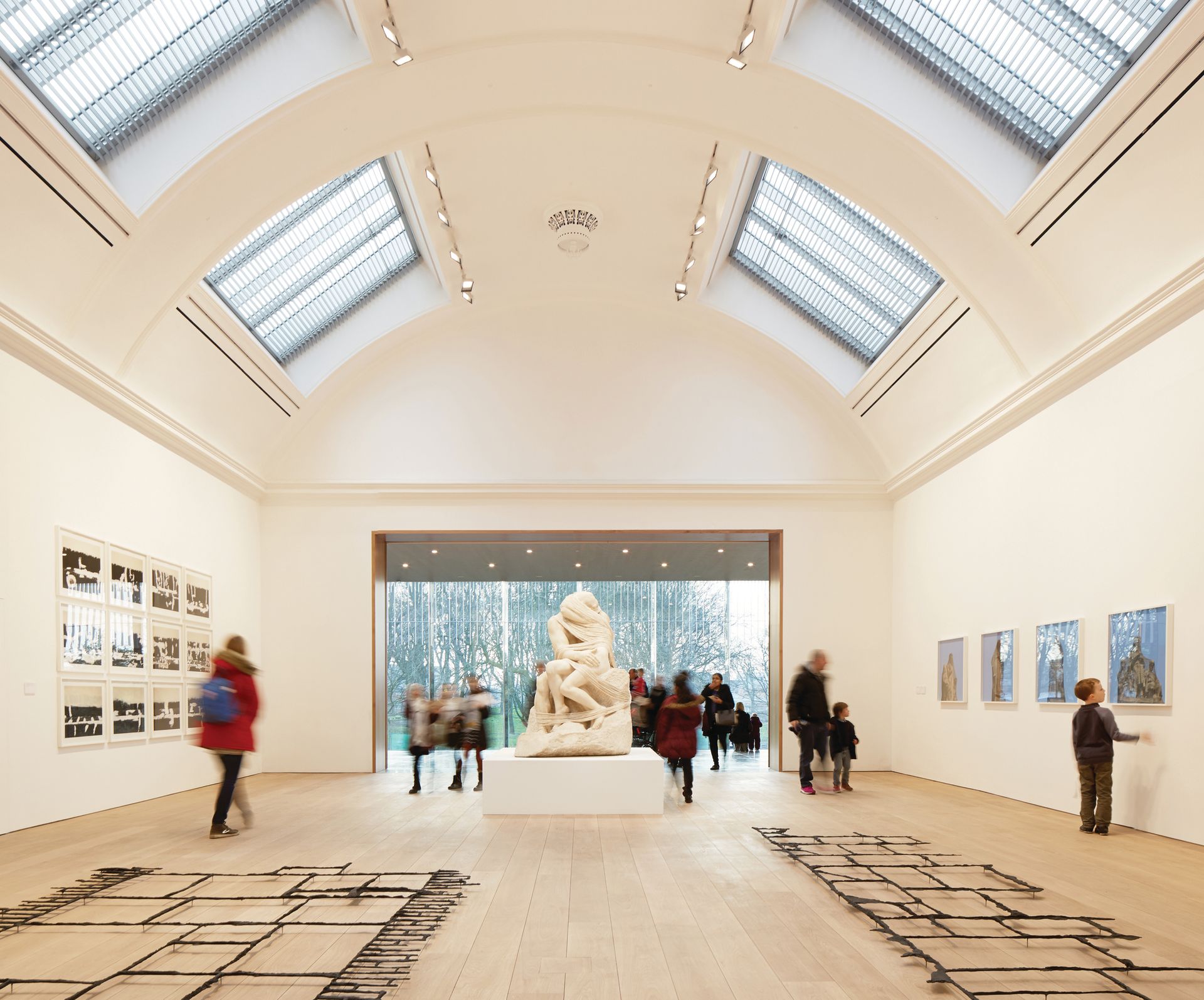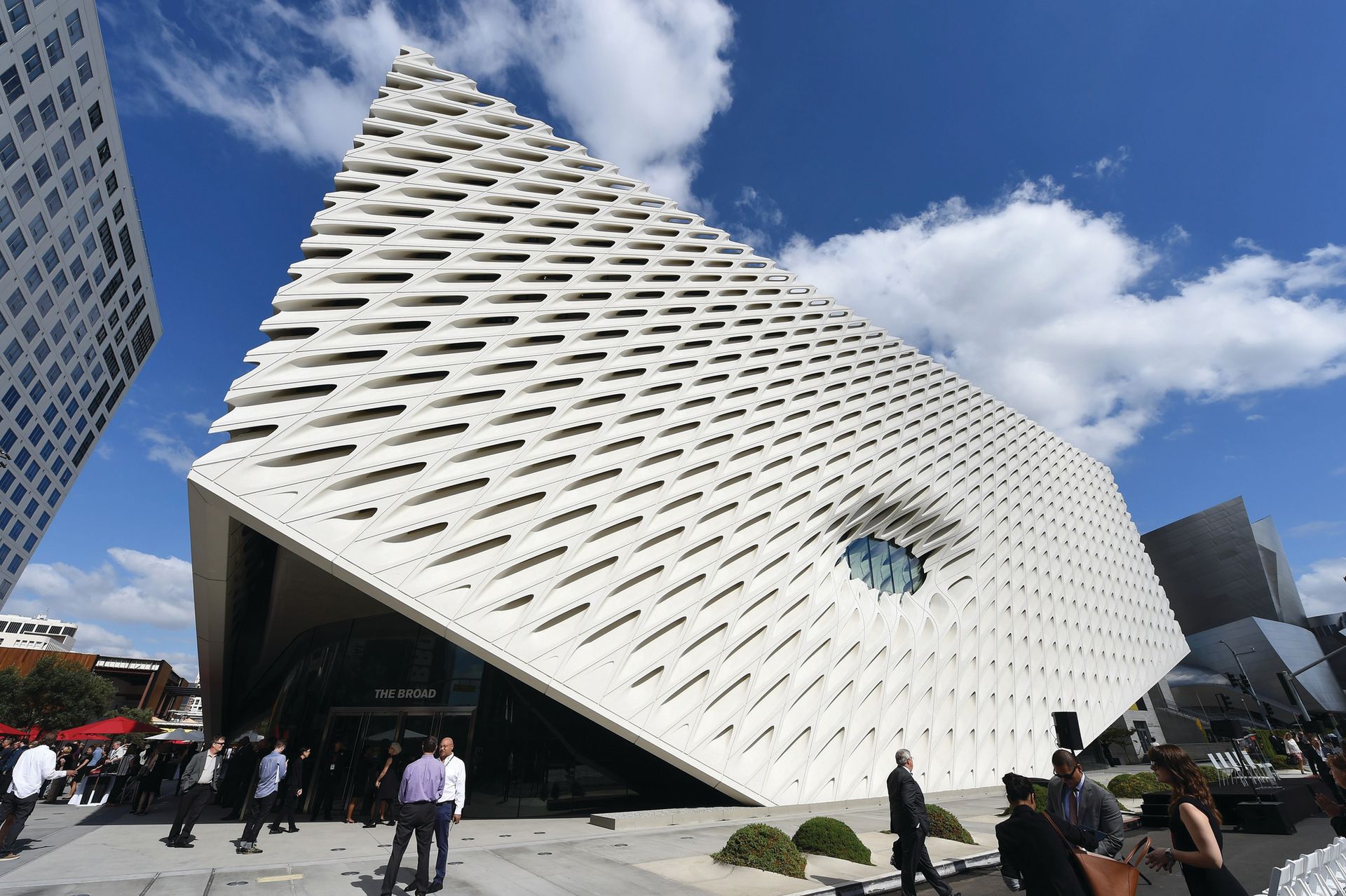Whitney Museum of American Art, New York Unusually, critics were almost unanimous in their praise of the new, $422m, Renzo Piano-designed Whitney Museum of American Art, which opened in May in the Meatpacking District in downtown Manhattan. The museum boasts New York’s largest column-free gallery, measuring 18,000 sq. ft. An exhibition of works by the 100-year-old Cuban artist Carmen Herrera is due to open at the institution next autumn. Under Donna De Salvo, its deputy director for international initiatives, the museum plans to cultivate donors abroad.

Prada Foundation, Milan Milan got a much-needed new space for contemporary art this spring, when the 19,000 sq. m Prada Foundation culture complex opened at the former Largo Isarco industrial site, south of the city. The Italian fashion designer and entrepreneur Miuccia Prada and her husband, Patrizio Bertelli, commissioned the Dutch architect Rem Koolhaas, who added three new buildings—a large exhibition pavilion, a nine-storey tower and a cinema—to seven existing industrial spaces. “The only nagging question hanging over this spectacular new little city of art is if the foundation has the capacity to live up to what the facility offers,” wrote the Guardian’s architecture and design critic, Oliver Wainwright.

Garage Museum of Contemporary Art, Moscow Rem Koolhaas, the private patron’s architect of choice, converted Vremena Goda, a prefabricated restaurant pavilion built in Gorky Park in 1968, into a new, $27m home for Dasha Zhukova’s Garage Museum of Contemporary Art—its third venue since 2008. The museum, which opened in June, has the world’s largest repository of Russian contemporary art. The Garage, part-funded by Zhukova’s husband, the billionaire Roman Abramovich, also houses Russia’s first public contemporary art library. Its international advisory council includes Michael Govan, the director of the Los Angeles County Museum of Art.

The Whitworth, Manchester The refurbished Whitworth Art Gallery reopened in February and has since won awards including the Art Fund’s Museum of the Year prize. The £15m expansion of the 125-year-old university gallery by Muma (McInnes Usher McKnight Architects) was supported by the Heritage Lottery Fund, among others. Two suites, each of four new works, by Gerhard Richter, entitled Birkenau (2015) and Doppelgrau (2014), were presented in tandem with the Estonian composer Arvo Pärt’s choral piece Drei Hirtenkinder aus Fátima in the gallery during the summer. A show dedicated to the Italian artist Nico Vascellari is due to open next year (26 February-18 September 2016).

The Broad, Los Angeles The US billionaire Eli Broad surprised many when he declined to give his collection to the Los Angeles County Museum of Art (he has lent works to the institution and he paid for a building that bears his name in 2008). Instead, after a three-year construction project, Broad and his wife Edythe opened a contemporary art museum in September that is wholly their own. The 120,000 sq. ft building, designed by the New York-based firm Diller, Scofidio + Renfro, serves as a storage facility for the Broads’ 2,000-strong collection and as a showcase for their best works. A $200m endowment has been set up, with additional funds for acquisitions. The museum
has declined to give visitor figures to date.

MoCA Yinchuan, Ningxia Hui The first museum in China to focus on Sino-Islamic art opened in August, in a 2.5-hectare wetlands park in the capital of the northwestern Ningxia Hui Autonomous Region. Three years in the making, MoCA Yinchuan is owned and operated by the Ningxia Minsheng Group, a regional property developer. The institution, which cost 300m yuan ($47m) to build, was developed under a new public-private partnership policy called BOT (build-operate-transfer). Presentations of contemporary folk art and Chinese and Middle Eastern contemporary art were among the six inaugural exhibitions. The curators plan to install a group show of light art around downtown Yinchuan this winter.

